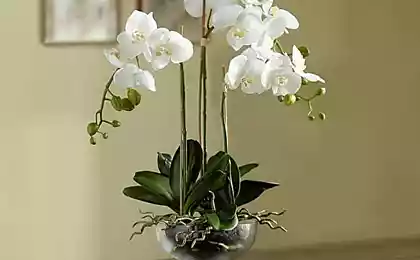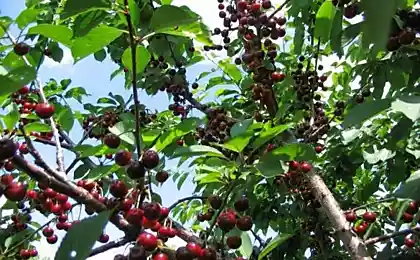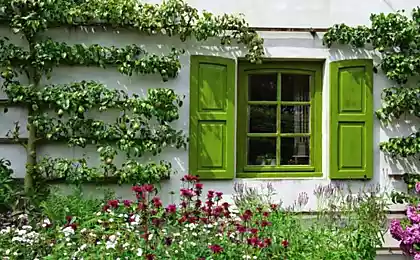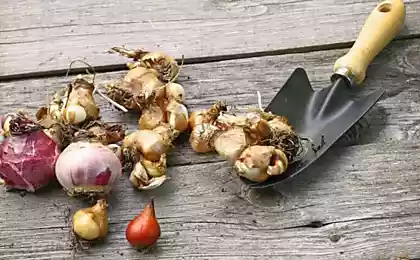149
Through trial and error, I learned how to cut the garden in the spring.
In typical philistines dacha troubles cause a feeling of boredom mixed with notes of horror. What is it: flood the stove, bring water from the well or go for cow cakes to fertilize the crop? There's no such thing in town. But gardening - different. Since then, this activity has even become fashionable. And not only the residents of private houses, but even the inhabitants of high-rise buildings.

To clean up the land on which you live is even kind of noble. Cutting trees where you need them is even a meditative exercise. In addition, it brings real benefits. More information is needed to avoid damaging the plant. That's what we're going to give you now.
First of all, it should be said that improper pruning can lead to tree diseases or improper growth. And if we talk about fruit trees, then the harvest is reduced at times.
Let us turn to the experience of the English. They make two kinds of pruning.
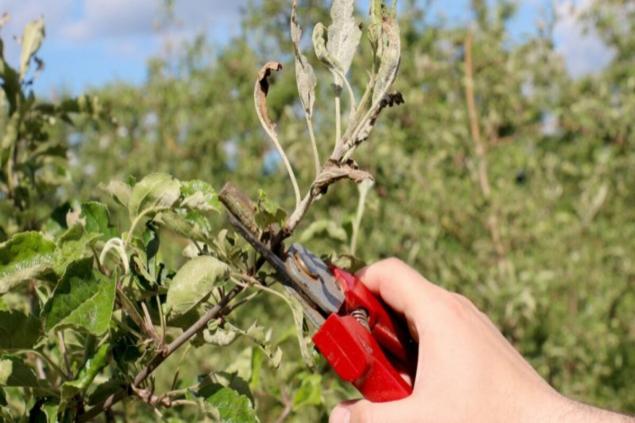
Winter pruning This is obviously done in the winter. It is customary to carry out at the moment when the scoop stops in the trunk. It is aimed at forming a fertile and ventilated crown. The tree is dormant, and it is very difficult to cause serious damage. Mandatory for all species fruit trees.
Summer pruning - is aimed at shortening young shoots, which helps the tree better survive the cold season and give maximum harvest. All seed Cultures must necessarily pass through.
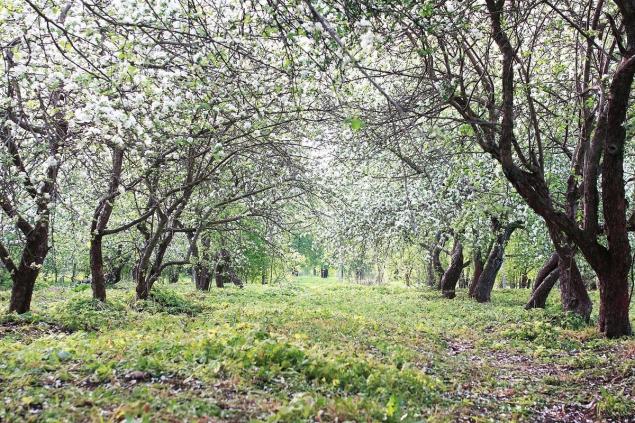
In our latitudes, winter pruning should be carried out after the most severe frosts, but even during the period when the tree is at rest. So, March is the best month for pruning. apple trees, plums, pears and cherries.
Simplicitly speaking, we can say that you need to cut the branches according to the following principle.
Low-lying branches You need to cut with 100% probability. They will not bear fruit or the harvest will be miserable. But they are easy to damage, they are chewed by dogs, cut lawn mower and they just take up a lot of space. In the end, an infection can get through the damage, and then the whole body will not recover. Cutting them off.
Branches crossing with others. They interfere with normal, fruit-bearing branches, thicken the entire crown and prevent the sun from getting into problem areas. Most often, they create problematic areas of the tree. And by the way, they give a very poor harvest.
Troubled branches. Branches with bald spots in the bark, dry and broken. And also ordinary sprouts that stretch only upwards, but on which even leaves do not grow. So-called wolves. It is clear that they will not give any crop, but the infection will get through them easily.
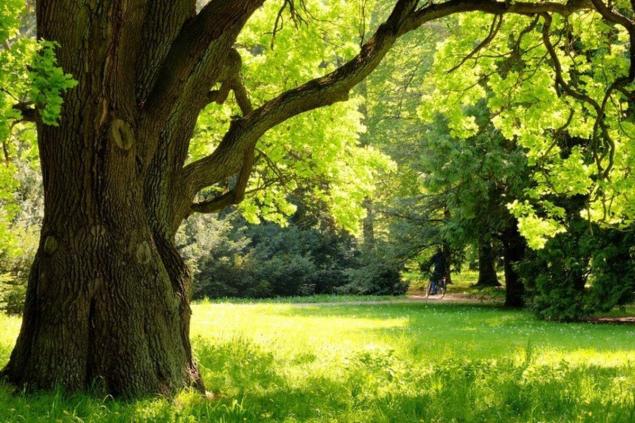
Branches growing at a sharp angle. There will never be a harvest. All the fault is too sharp angle from the tree trunk. Such stretching up branches can be cut or hang on them something heavy, making the angle as blunt as possible. So the juice flow will resume and, you see, the result will improve.
Branches growing inward. Such outcasts that grow against fate in the direction of the trunk must be removed. They're stupid and not prolific.
Twin branches. Such branches can often be seen if you know what you are looking for. They overlap and do not allow each other to develop normally. The one that is visually weaker needs to be cut. This is often seen at the top of the tree. Double top or leading branch. Do the same thing in this case.

Freak branches. Twisted, growing randomly, asymmetrical branches themselves barely grow. What kind of fruit can they give? It is better to get rid of them immediately and distribute the strength of the tree to something useful.
Advice
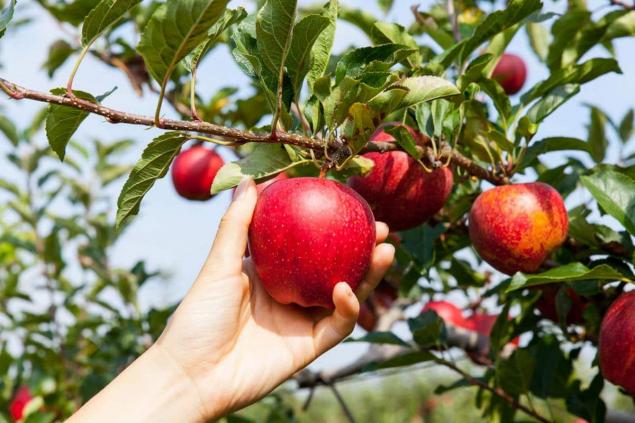
Now you understand that pruning the garden is not very difficult, the main thing is to know in advance what and why to do with the tree. A cropped tree will be able to properly redistribute forces and give a good harvest. In addition, if you follow all the rules described, the green friend will not get sick and will live a long useful life.

To clean up the land on which you live is even kind of noble. Cutting trees where you need them is even a meditative exercise. In addition, it brings real benefits. More information is needed to avoid damaging the plant. That's what we're going to give you now.
First of all, it should be said that improper pruning can lead to tree diseases or improper growth. And if we talk about fruit trees, then the harvest is reduced at times.
Let us turn to the experience of the English. They make two kinds of pruning.

Winter pruning This is obviously done in the winter. It is customary to carry out at the moment when the scoop stops in the trunk. It is aimed at forming a fertile and ventilated crown. The tree is dormant, and it is very difficult to cause serious damage. Mandatory for all species fruit trees.
Summer pruning - is aimed at shortening young shoots, which helps the tree better survive the cold season and give maximum harvest. All seed Cultures must necessarily pass through.

In our latitudes, winter pruning should be carried out after the most severe frosts, but even during the period when the tree is at rest. So, March is the best month for pruning. apple trees, plums, pears and cherries.
Simplicitly speaking, we can say that you need to cut the branches according to the following principle.
Low-lying branches You need to cut with 100% probability. They will not bear fruit or the harvest will be miserable. But they are easy to damage, they are chewed by dogs, cut lawn mower and they just take up a lot of space. In the end, an infection can get through the damage, and then the whole body will not recover. Cutting them off.
Branches crossing with others. They interfere with normal, fruit-bearing branches, thicken the entire crown and prevent the sun from getting into problem areas. Most often, they create problematic areas of the tree. And by the way, they give a very poor harvest.
Troubled branches. Branches with bald spots in the bark, dry and broken. And also ordinary sprouts that stretch only upwards, but on which even leaves do not grow. So-called wolves. It is clear that they will not give any crop, but the infection will get through them easily.

Branches growing at a sharp angle. There will never be a harvest. All the fault is too sharp angle from the tree trunk. Such stretching up branches can be cut or hang on them something heavy, making the angle as blunt as possible. So the juice flow will resume and, you see, the result will improve.
Branches growing inward. Such outcasts that grow against fate in the direction of the trunk must be removed. They're stupid and not prolific.
Twin branches. Such branches can often be seen if you know what you are looking for. They overlap and do not allow each other to develop normally. The one that is visually weaker needs to be cut. This is often seen at the top of the tree. Double top or leading branch. Do the same thing in this case.

Freak branches. Twisted, growing randomly, asymmetrical branches themselves barely grow. What kind of fruit can they give? It is better to get rid of them immediately and distribute the strength of the tree to something useful.
Advice
- You will need only 3 tools for cutting: garden hacksaw, secator and cutter. Of course, it would be nice to take it with you. stepladder.
- Use only clean tools so as not to bring different types of sores into the weakened plant.
- Garden hacksaw for thick branches, secator for small things. Not the other way around.
- When working with thick branches, they should be sawed from below and then from above. So the cut will be cleaner, more controlled and heal faster.
- Don't. Cut more than a quarter of the crown at a time.

Now you understand that pruning the garden is not very difficult, the main thing is to know in advance what and why to do with the tree. A cropped tree will be able to properly redistribute forces and give a good harvest. In addition, if you follow all the rules described, the green friend will not get sick and will live a long useful life.
The mistake of a young hostess, which irreversibly spoils borscht
Neighbor intimidated by tales of devastating marinade for barbecue



